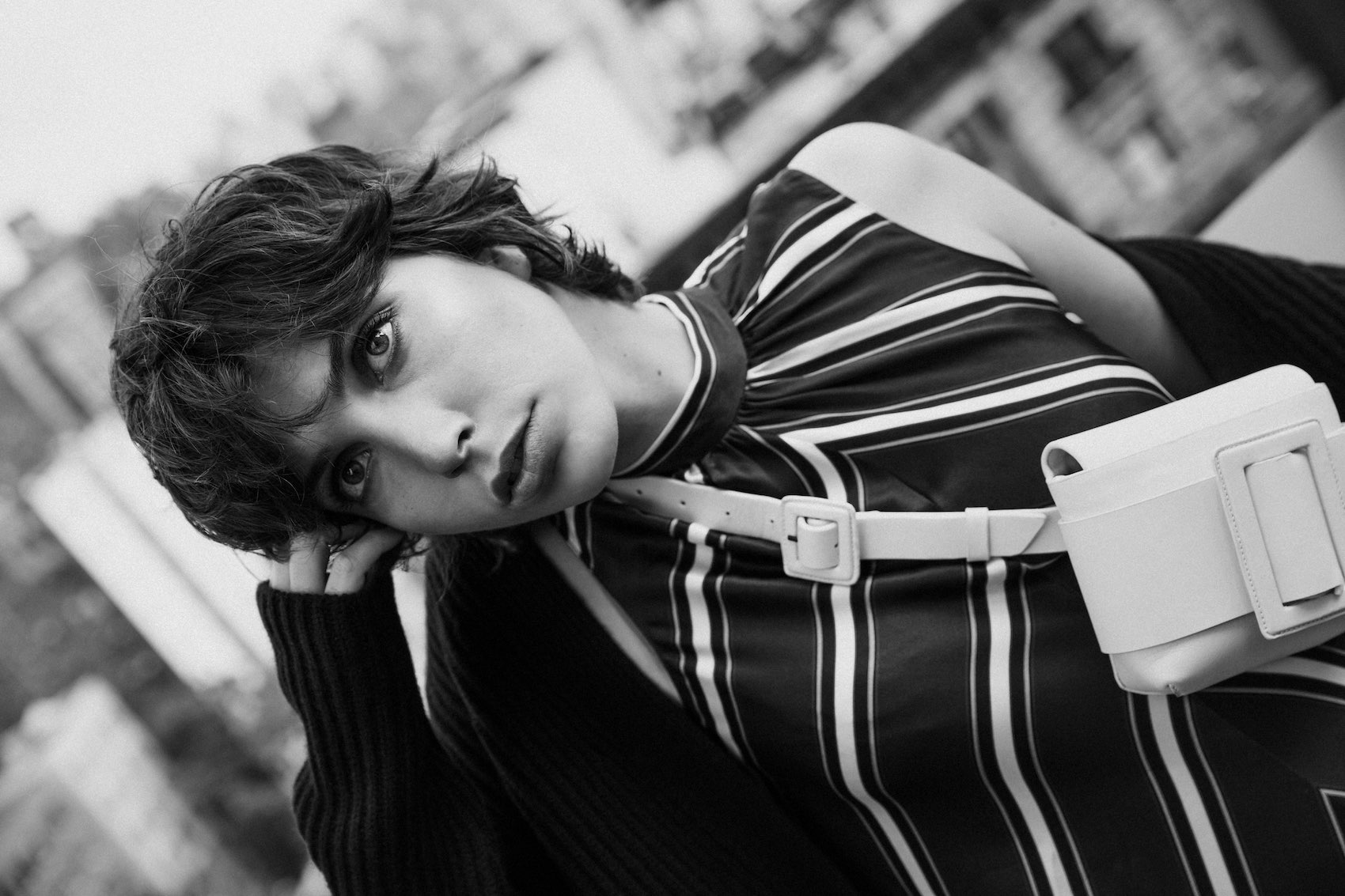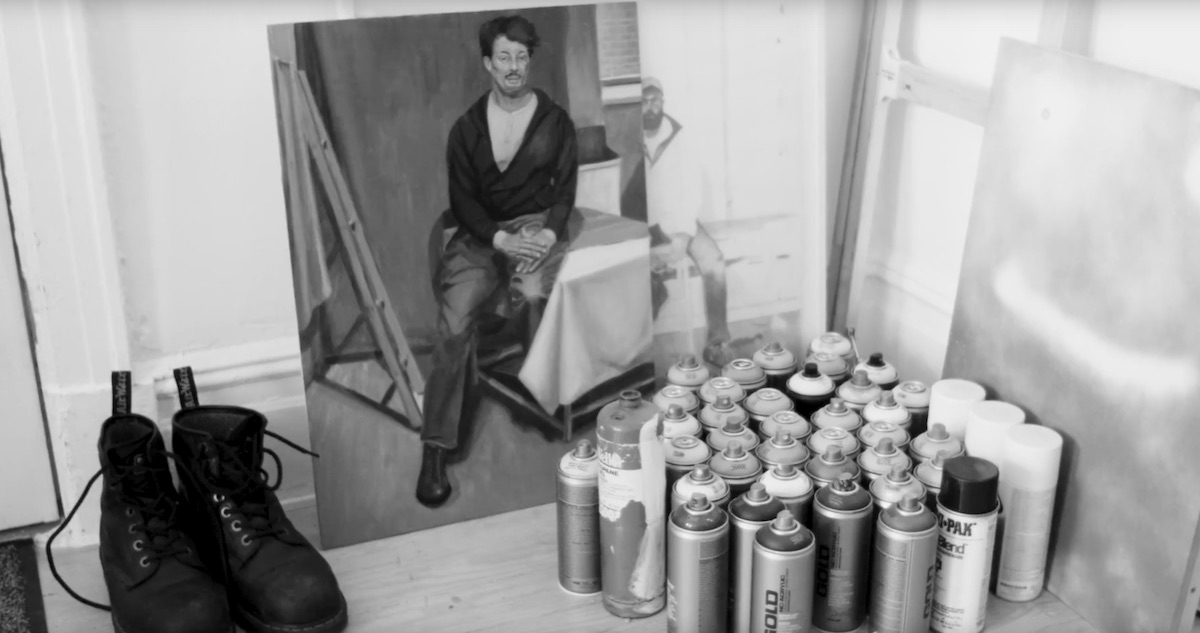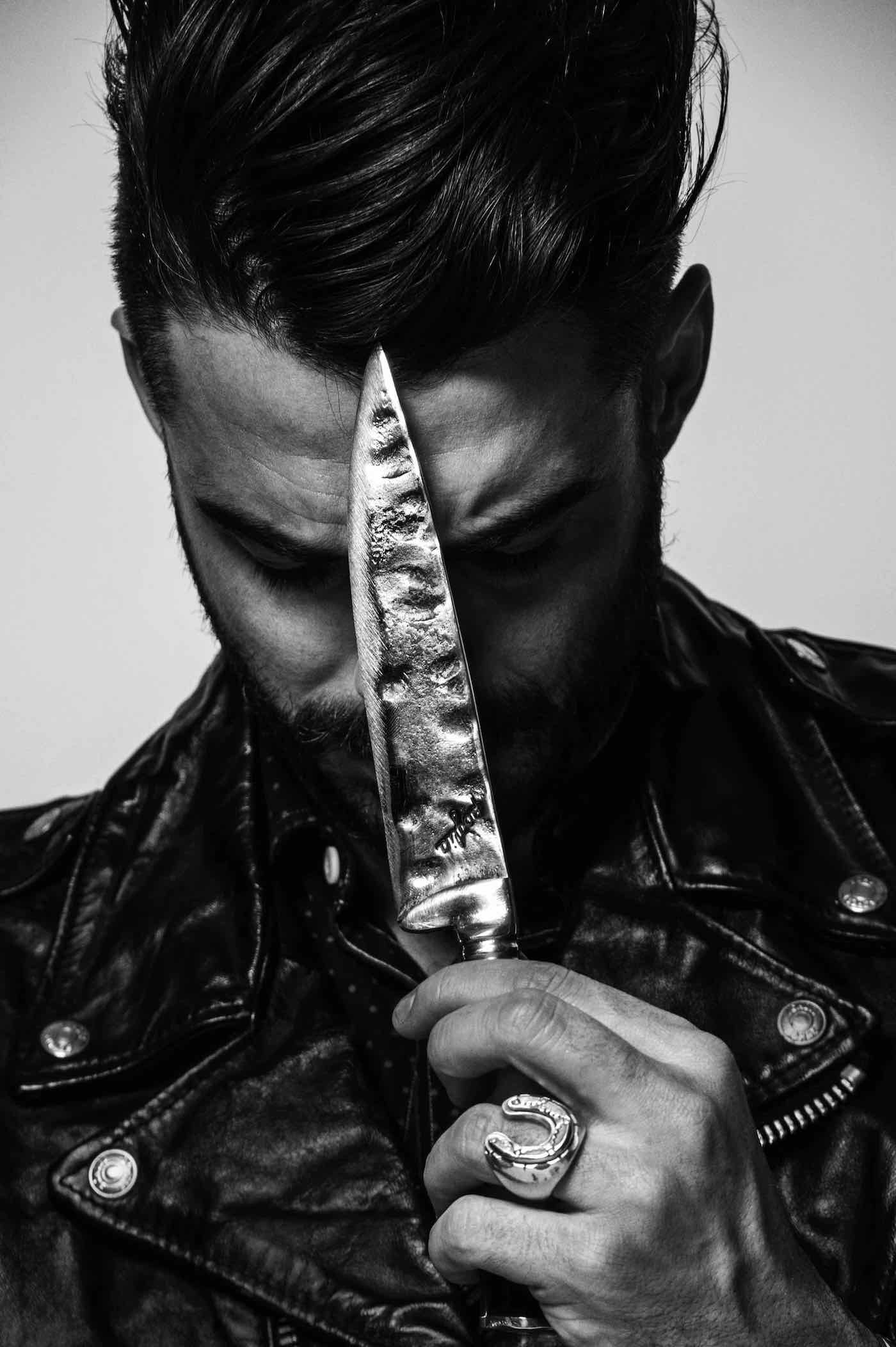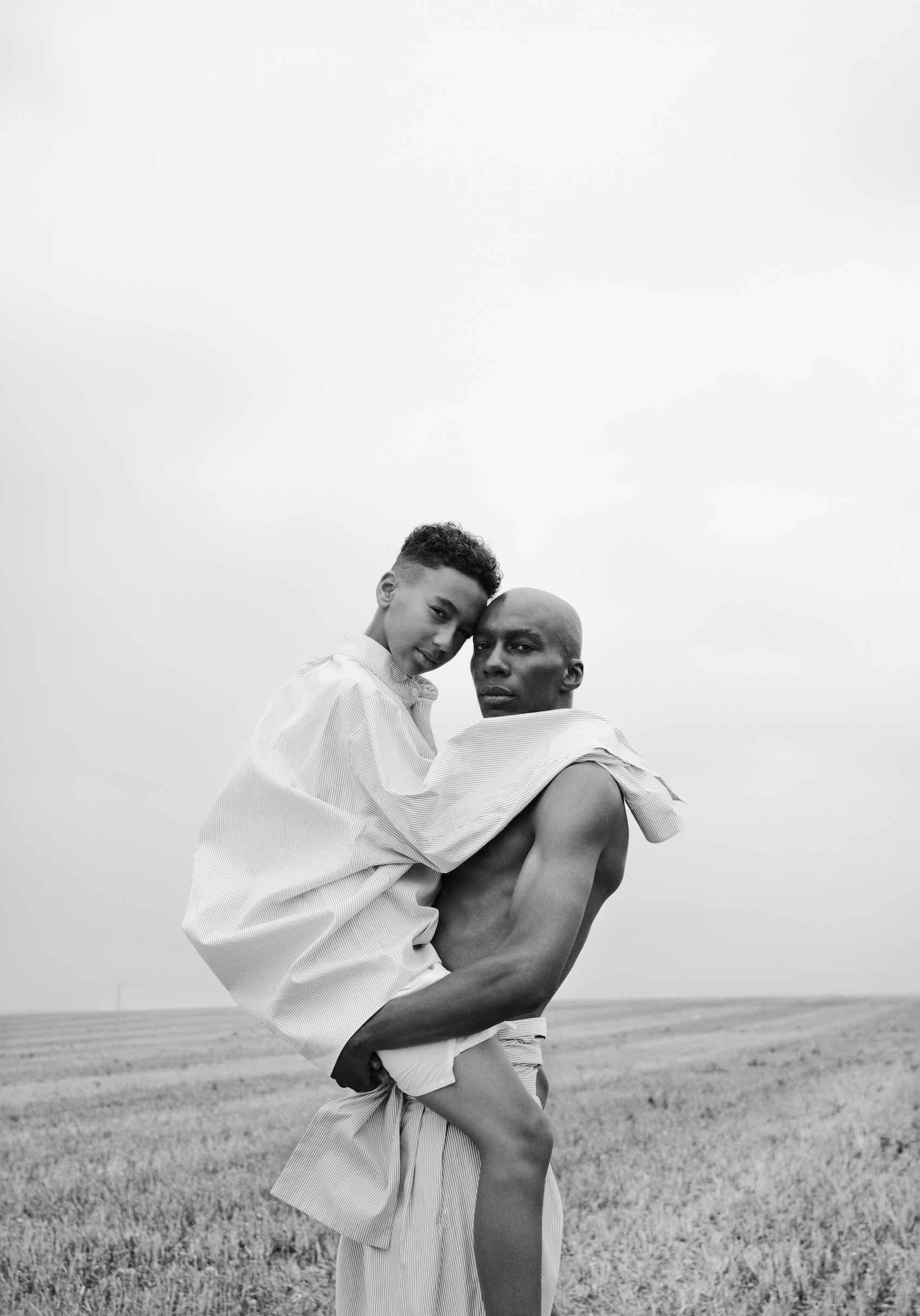Oskar Metsavaht is a difficult man to get a hold of, but via an impromptu WhatsApp call from the South of France, his enthusiasm and warmth feel intimate despite the hundreds of miles of distance. Metsavaht is something of a celebrity in his native Rio de Janeiro. He’s known for Osklen, a high-end sportswear line, as well as for the various art and philanthropic projects he engages in, both in Brazil and globally. Maintaining connections across great distances is an art of his, not just with journalists but with his 24-year-old daughter Caetana, who acts as Osklen’s US ambassador from New York and as her father’s right hand—”my creative director assistant,” as he calls her.
Metsavaht, a self-described romantic, loves to discuss his vision of modern Brazil and what underpins the country’s artistic and cultural scenery. Our conversation dances from Bossa Nova to Oscar Neimeyer’s unapologetically bold architecture. At the nexus of the colorful, sensual influences that inform contemporary Brazil sits Oskar Metsavaht, the cultural king, if there was one, of Rio de Janeiro.
Osklen, founded in 1989, is often called Brazil’s first global luxury brand. “I didn’t study art,” Metsavaht says, “I didn’t study design. I’m a doctor.” He trained to be an orthopedic physician, following in his Estonian father’s footsteps. His mother, meanwhile, was an art history professor, but his parents shared a love of architecture. Metsavaht himself sees a basic overlap between design and science: “You need to understand most things about perspectives, geometry, physical elements, understand physics, mathematics.” He avoids calling himself a designer, preferring “curator” or “art director,” and his relaxed and beachy-yet-architecturally influenced vision is apparent in everything under the Osklen umbrella.
“We live now in a Renaissance moment, if you think about what’s going on in the world. All of us are living and rethinking what our values and philosophies and ideologies are.”
Osklen’s later forays into high fashion have been especially successful, though the brand initially faced many hurdles, from Brazil’s protectionism to difficulty obtaining high-quality materials. As Sameer Reddy wrote for Luxury Society, “Metsavaht set out to redefine what the ‘Made in Brazil’ label could come to represent.” Metsavaht managed to charm a number of manufacturers to redirect resources for high-quality manufacturing, and when Rio de Janeiro’s fashion scene experienced a design awakening, he was at the forefront of the movement. Today, Brazilian fashion is nearly synonymous with Osklen. In 2012, the brand boasted over 60 retail stores in Brazil and nine worldwide, and Metsavaht himself was classified by Forbes as a “Billionaire Up & Comer.”
While he oversees all of Osklen’s design elements, his daughter has taken on an increasingly involved role from the brand’s New York office. Of her duties, Caetana says, “I’m the assistant of design and communication, but we are really small, so I kind of do everything.” She was essentially raised to take part in the family business, but Metsavaht waited until she proved herself; she studied design in school before he brought her in. “It was a challenge for her to be the ‘daughter of’ since I’m very well known in Brazil,” he remembers now. “[But] she was outstanding. She is my only daughter, my eldest child. We share the way [we] see things. I always teach her to imagine. I always share with her what I think about art.”
Caetana’s childhood bond with her father has only grown stronger today. “When he’s going out, he asks me about his clothes, his work, everything. It’s nice because it’s different. Normally you’d ask your mother, but he’s the one who gives me opinions when I’m buying clothing.” There are, needless to say, no boundaries between work and home life, and Caetana ensures the brand hews closely to its roots.
Despite its rapid expansion, Osklen has remained steadfast to a core tenet of its conception: sustainability. “Sustainability is an essential part of my language of my style,” Metsavaht told Luxury Society. “In 1998 when I learned about the Kyoto Protocol, I saw something that could change the world. Not just in a romantic way, but I believed that important changes were going to start happening now. After the Earth Summit in Brazil in 1992, a lot of cool projects in many different disciplines began, but the design wasn’t sophisticated.”

It’s difficult to summarize Osklen’s commitment to environmental sustainability without sounding like you’re reading the phone book. Among them: Metsavaht has been studied by the World Wildlife Fund as a “future creator,” he has spoken at the Ethical Fashion Paris and Milano Fashion Summits, he participated in Vogue’s Runway to Green charity event to promote sustainable luxury, and he’s a UNESCO Goodwill Ambassador.
Metsavaht also founded the E Institute, a non-profit organization in Rio de Janeiro that identifies environmentally sustainable, futuristic fabrics and materials. Metsavaht has an intense belief in the power of sustainability and in nature’s ability to provide. It’s part of being from Brazil, he explains, whose forest has the planet’s largest biodiversity. “If we think about our spirit, the spirit of living, and this amount of natural resources, we are talking about life, the life of the planet.”
Metsavaht is also keenly aware of his own footprint—not just ecologically, but culturally. Osklen’s Spring 2016 collection was inspired by the designs of an indigenous people living in Brazil and Peru, the Asháninka, and the Huffington Post praised the brand for doing cultural appropriation “the right way.” Rather than simply using these designs without asking first, Osklen established a mutually beneficial relationship, seeking permission to adapt the tribe’s tattoos and fabrics and paying for the privilege. Metsavaht has also helped to bring international attention to the community, fighting against illegal loggers that have invaded their territory and threatened to destroy their native land. He directed an 18-minute documentary about the Asháninka that can be seen on Osklen’s website.
Film and photography are also among the many disciplines that fascinate Metsavaht, as are architecture (he’s currently remodeling a hotel in Rio de Janeiro) and sculpture (he’s collaborating with Belgian sculptor Arne Quinze on a landmark piece for Sao Paolo). He’s especially excited about a new studio he’s built in Rio that features exhibition space on the ground floor. He’s already contacted a number of curators he hopes to work with when it opens in December.
When asked what stories he hopes the space will be table to tell, his answer is quintessential Metsavaht: “This is a space much more for ideas. We now live in a Renaissance moment, if you think about what’s going on in the world—ideologies, philosophies, economies, sustainability. I think the new mindset, it’s very transitory. Everything is so fast now. Technology is changing a lot. All of us are living and rethinking what our values and philosophies and ideologies are. Our countries, our cities, our communities. It’s not about hanging art. I mean, I love art! But [it’s also about] bringing poetry to it.”


